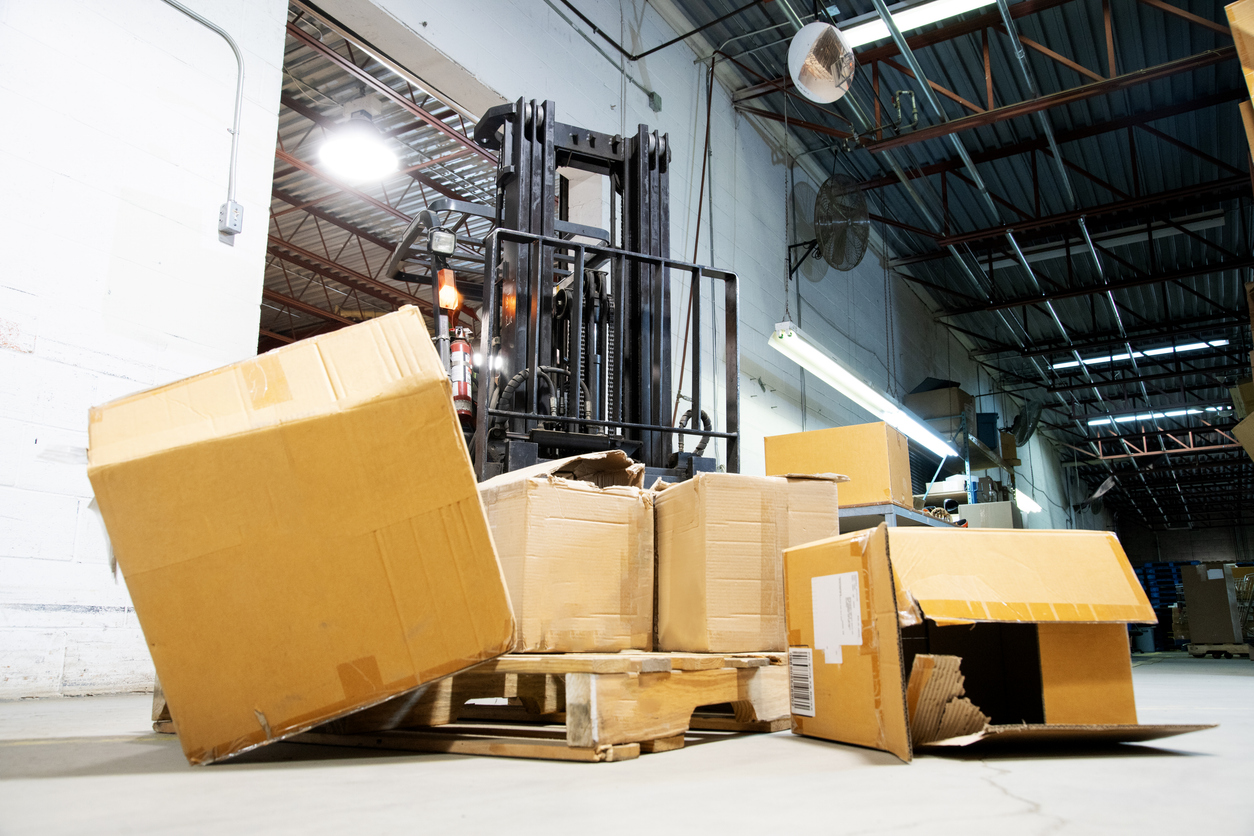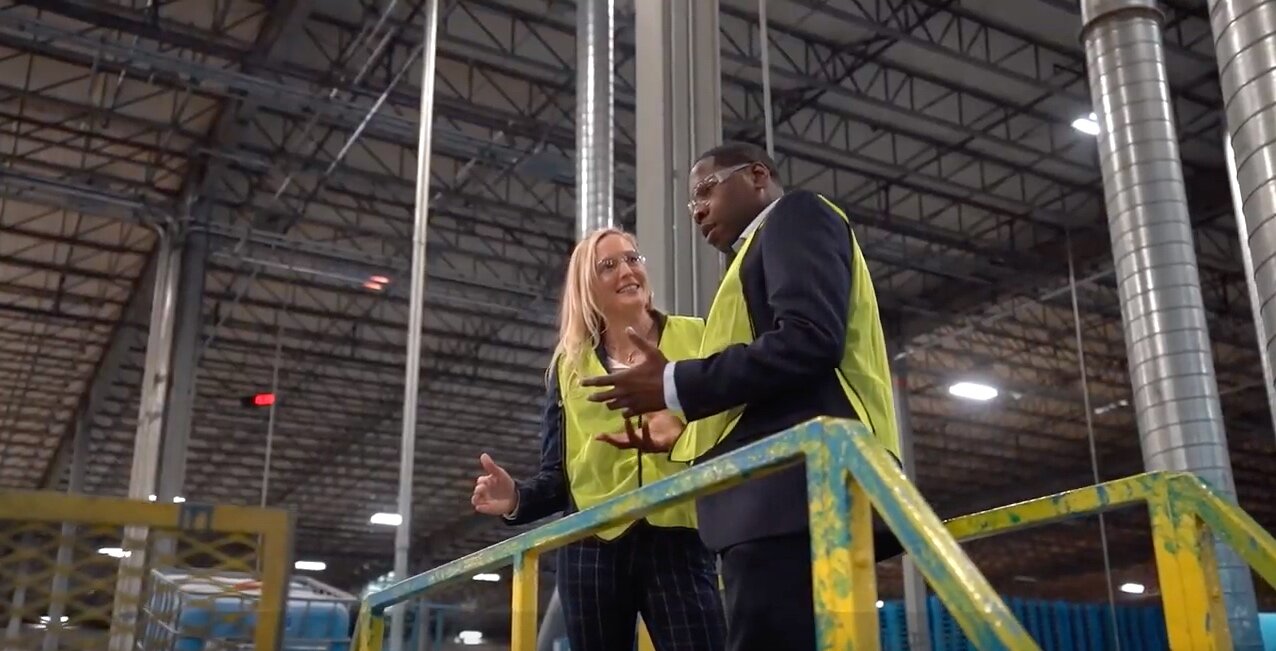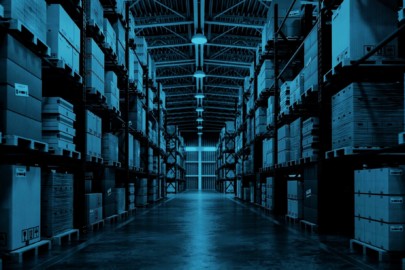First published in 2018, this piece has been refreshed in 2025 to reflect accuracy and evolving industry standards.
Whether you’re a manufacturer or supplier, protecting your inventory is a critical part of ensuring business continuity and protecting your profits. If you work with a warehousing or fulfillment partner for storage, you must trust them to deliver that protection. However, it can be unnerving to realize that those entities hold the future of your brand in their hands—especially if you’re wondering whether the warehouse has liability insurance, what is covered under it, and what protections you have in the event of lost or damaged inventory.
The Basics of Warehouse Legal Liability Insurance
Warehouse legal liability insurance, also known as warehousemen’s legal liability insurance or warehouse operators’ legal liability insurance, provides a safeguard against inventory loss or damage due to concerns with the facility’s practices, including poor facility maintenance, inadequate cybersecurity protections, and employee negligence.
Who bears liability for lost or damaged inventory?
If inventory damage or loss occurs because of an issue on the warehouse provider’s end, including maintenance issues, damage to the warehouse, or employee negligence, the warehouse may bear liability for lost or damaged inventory, and you can file inventory loss claims through their policy. However, if the warehouse owner or operator does not carry that vital insurance, it may leave you without those essential protections.
What does warehouse legal liability insurance cover?
Warehouse legal liability insurance covers damage caused by negligence on the part of the warehouse owner, operator, or employees. According to the International Risk Management Institute (IRMI), this coverage is for liability that might be incurred by businesses that store property of others for a fee. In general, warehouses should provide the same level of care for your products that a reasonably prudent individual would take. Legal liability insurance claims may include things like:
- Product damage due to careless handling or storage
- Product damage due to negligent climate control
- Inventory damage due to insufficient facility maintenance
- Inventory damage or loss due to employee negligence
- Damage or loss to inventory due to negligent cybersecurity
Coverage kicks in when the warehouse operator fails to provide the standard of care you should reasonably expect when dealing with your products. Note that 2025 contracts may include liability caps or thresholds that may determine how much coverage you can expect. Furthermore, many policies still exclude climate-related risks such as flooding or extreme weather, so it’s essential to clarify what your provider’s coverage does and does not include. Understanding warehouse insurance exclusions can help you navigate your own policy needs and evaluate your logistics insurance requirements more effectively.
How are damages for inventory losses calculated?
Often, the terms of a specific insurance policy will lay out the damages you should expect if you need to file a damaged product claim with your warehouse operator in the event of inventory losses. Warehouse insurance providers typically base payment on the weight of lost inventory, since it can prove difficult to calculate exactly what was lost. Some providers may calculate liability at $0.50 per pound, but this varies widely by contract — always confirm the terms with your warehouse. In that case, you can expect to recover $500 in damages for 1000 lost pounds of inventory.
For many businesses, however, that coverage may not be adequate. You may want to purchase a higher-value policy that covers “landed cost,” which may include things like:
- Manufacturing costs
- Transportation expenses
- Warehousing costs
Those higher-value policies may cost more, but they can also provide more financial protection in the event of inventory loss. When you lose inventory, you do not just lose the physical items—you also lose all the effort that you have put in up to that point. Higher-value polices can provide much-needed coverage that can help keep your business running smoothly despite that damage.
Minimizing Risk as a Supplier
Manufacturers and suppliers may need to take several critical steps to help protect against damages. It may feel as though you have little control once inventory is out of your sight. However, there are several things you can do to protect yourself.
1. Invest In Your Own Insurance Policy
While your warehouse provider’s policy may cover damages on their end due to negligence, you need to make sure that you have a more extensive policy that will provide additional protection when you need it—including covering things that the warehouse might not cover.
2. Choose a Trustworthy Warehouse Provider
There is no such thing as a “perfect” warehouse provider, and damage can occur unexpectedly. However, when you choose your warehouses, make sure you select an option with a robust insurance policy and a good reputation to help keep your goods safe.
3. Communicate Regularly
Stay in touch with your warehouse provider and make sure that you know about problems early. The sooner you learn about potential issues, the sooner you can address them—and the safer your inventory is. In addition, ask questions about what 3PL liability coverage your provider has and what additional coverage you may need to purchase.
4. Ask the Right Questions
Make sure you’re covering the right concerns when talking to your provider. Ask:
- Do you have an active liability insurance certificate?
- What exclusions or thresholds apply to my products?
- Are higher liability limits available if needed?
By asking these questions, you can make any adjustments to your insurance coverage before inventory damage occurs.
Trust Us With Your Inventory
Choosing a 3PL partner means trusting them with both your products and your peace of mind. To learn more about liability coverage and how Symbia protects your inventory, contact us today.
FAQ
Does warehouse liability insurance cover theft?
Warehouse liability insurance will only occur theft related to negligence on the part of the warehouse operations team, like failing to provide adequate security or failing to protect that inventory.
What is not covered under warehouse legal liability insurance?
Warehouse legal liability insurance does not cover damage caused by weather and other emergencies. Check carefully for warehouse insurance exclusions in your provider’s policy.
How do I verify if my 3PL has insurance?
When communicating with your 3PL, request a Certificate of Insurance and review the policy details. Make sure to check the dates of coverage as well as specific coverage amounts—and if they do not fit your needs, consider investing in your own coverage to meet your logistics insurance requirements.
How much does insurance cost?
Premiums are often influenced by the value and risk profile of your goods, the warehouse’s safety record, and its location — all factors suppliers should weigh carefully in 2025 contracts.
How does the claim process work for inventory loss or damage?
The process involves notifying the warehouse provider immediately after discovering the loss or damage, providing detailed documentation of the inventory affected, and possibly submitting additional evidence like photos or purchase invoices. The warehouse’s insurance company will review the claim based on the contract terms and documentation provided.
What are common exclusions from warehouse legal liability coverage?
Exclusions often include losses from natural disasters, acts of God, war, and theft by employees. Specific scenarios or items may also be excluded based on the policy’s terms, necessitating a thorough review of the insurance certificate.
How do insurance premiums vary by goods type and warehouse features?
Premiums can vary significantly based on the value, risk level of the stored goods, and the warehouse’s location, security features, and historical loss record. High-value items or those requiring special storage conditions may result in higher premiums.
The information provided on this website does not, and is not intended to, constitute legal advice. All information, content, and materials available on this site are for general informational purposes only. Content on this website may not reflect the most current legal information. This website also contains links to other third-party websites. Such links are only for the convenience of the reader, user or browser.










